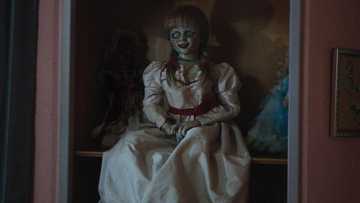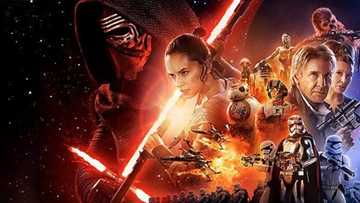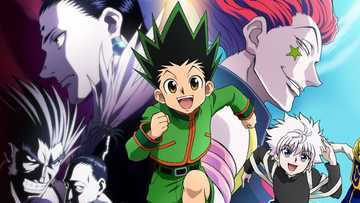The terrifying origins of Art the Clown, and how the horror icon came to life
The origins of Art the Clown date back to Damien Leone's 2008 short film, The 9th Circle, where he was introduced as a silent, grotesque character combining dark humour with brutal violence. Over time, he developed through Leone's indie shorts into the main villain of Terrifier, emerging as a contemporary horror icon.
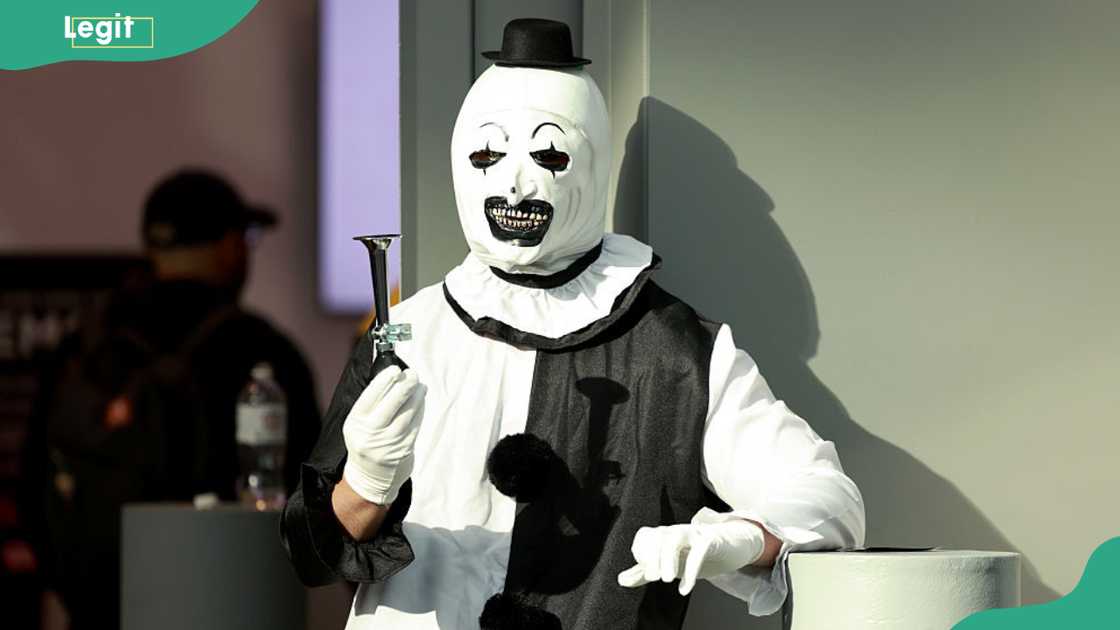
Source: Getty Images
TABLE OF CONTENTS
Key takeaways
- Art the Clown was created by Damien Leone in 2008 as a silent and disturbing figure meant to stand out in the world of horror.
- He first appeared in the short films The 9th Circle (2008) and Terrifer (2011), which were later compiled in the anthology All Hallows’ Eve (2013) for his feature debut.
- The character is entirely fictional, existing solely within Leone’s creative vision.
The origins of Art the Clown: backstory and Terrifier
The origins of Art the Clown have captivated audiences with his horrifying look and sadistic behaviour. Since he blends dark humour with shocking violence, many assume he emerged fully formed as a horror icon.
Here’s the real story behind his creation, from the early shorts and Damien Leone’s vision to the evolution of a modern horror legend.
Early shorts (2008–2013)
Art the Clown first appeared in Damien Leone’s early short films, gradually evolving from a minor background presence into a defining figure of modern horror. His debut came in The 9th Circle (2008), where he appeared as a twisted, silent clown tormenting a woman caught in a demonic ritual.
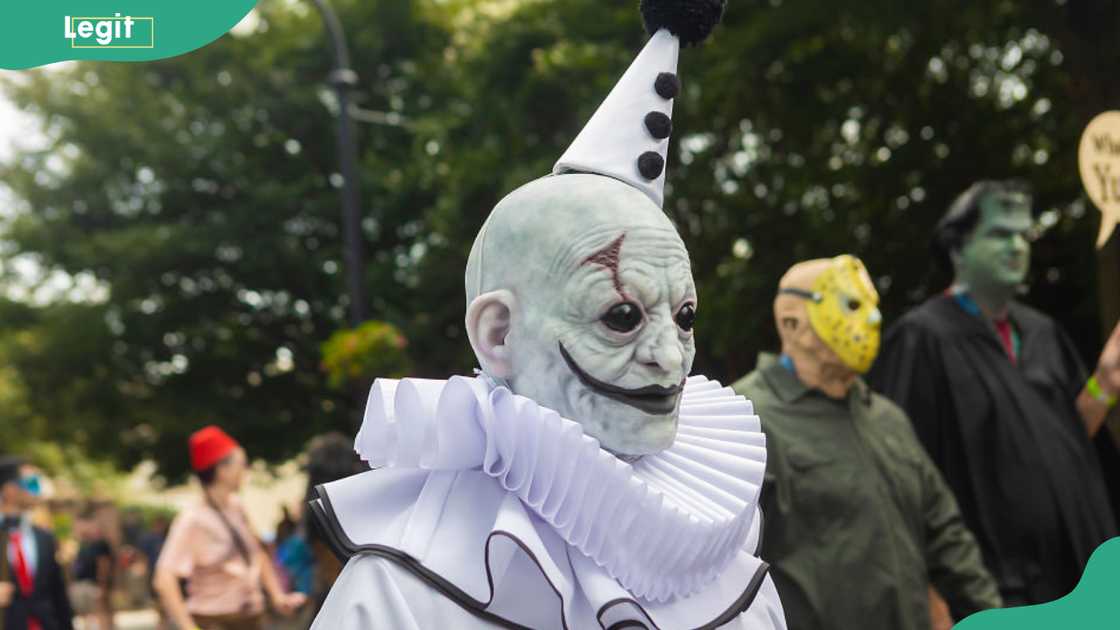
Source: Getty Images
Leone revisited the character in Terrifier (2011), a short film centred entirely on Art’s night of bloodshed. This version fully showcased his personality — inventive, sadistic, and disturbingly playful.
In a 2018 Dread Central interview, Leone recalled how the Terrifier short was turned down by several horror festivals. Refusing to give up, he uploaded it to YouTube, where it surpassed 120,000 views and caught the eye of film producer Jesse Baget, who was compiling Halloween-themed shorts for an anthology. Damien said:
The producer was looking for Halloween based shorts on YouTube and he was just going to make an anthology based on them … I wanted to go from the Terrifier short film to the Terrifier feature, but this was the opportunity that was presented to me at the time. It was very exciting, hearing: ‘hey, this is going to be in stores, it’s going to be on DVD!’ At that time it was the most amazing news I had ever heard. I was stoked.
That opportunity led to All Hallows’ Eve (2013), an anthology that united Leone’s earlier shorts and established Art as the central villain, laying the groundwork for his rise as a modern horror icon.
Damien Leone's vision
After Art’s initial appearances, Damien Leone refined the character, shaping him into a figure who could terrify audiences not through words, but through silence, facial expression, and twisted humour. He envisioned Art as both darkly comedic and profoundly unsettling, a character who feeds on discomfort and unpredictability.
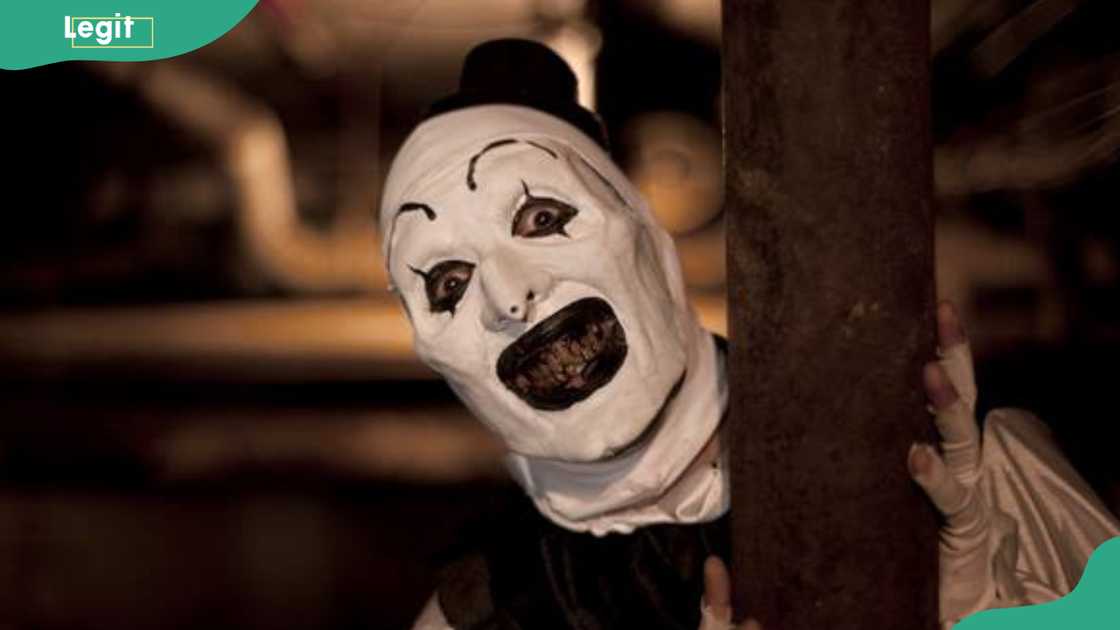
Source: Facebook
In an interview with Entertainment Weekly, Leone revealed that the idea for Art the Clown originated from a haunting image that had lingered in his mind for years.
I had this idea of a clown terrorising a woman on a city bus. She's all alone, coming home from work or whatever, in the middle of the night, and then this clown gets on, and sits across from her, and starts staring at her and toying with her. It's awkward and uncomfortable, and maybe even funny, but then it gets progressively more intimidating and aggressive.
From indie terror to cult phenomenon: The Terrifier films
Leone’s vision fully materialised with Terrifier (2016), the first feature-length film to place Art the Clown at its centre. He initially tried to fund the horror movie through an Indiegogo campaign, but it didn’t reach its goal. Producer Phil Falcone then stepped in, providing the necessary funds to secure Art the Clown’s starring role.
Terrifier 2 (2022) elevated Art from an underground favourite to a mainstream horror phenomenon. The sequel expanded his mythology, hinted at his supernatural resilience, and introduced Sienna Shaw as a fierce new heroine. With extreme violence and shocking scenes, the film went viral, establishing Art as a modern horror icon.
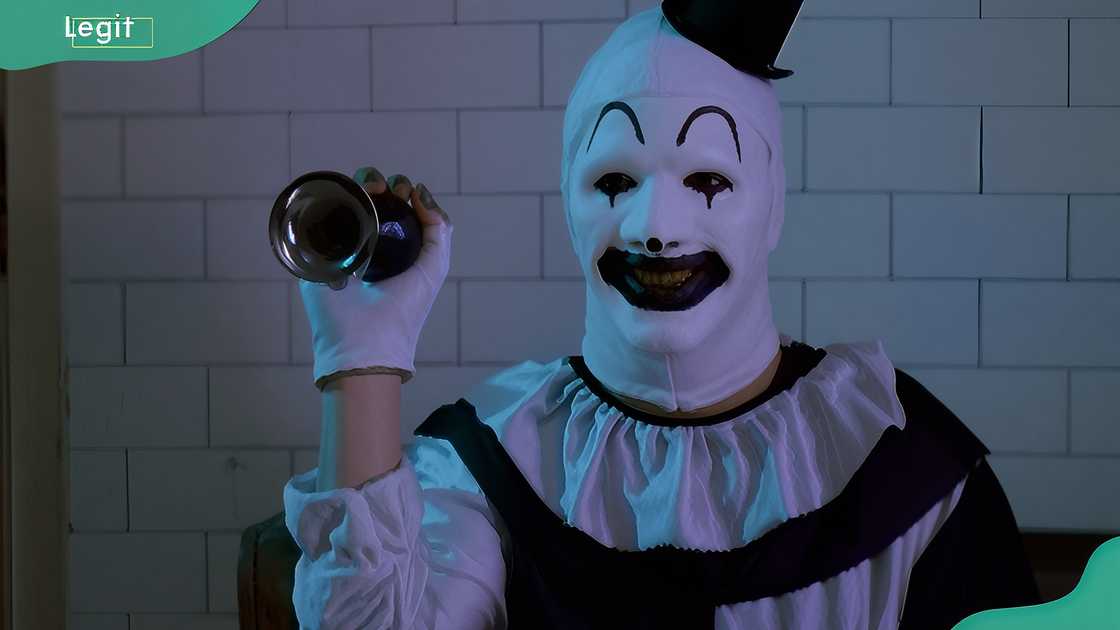
Source: Facebook
With Terrifier 3 on the horizon, Leone promises a darker, more menacing chapter, blending holiday imagery with signature brutality. The upcoming film aims to push boundaries further while honouring the raw, independent spirit that first brought Art to life.
The evolution of Art the Clown
Beyond the blood and violence, Art’s power comes from how he uses silence and expression to terrify. His exaggerated gestures, piercing stare, and sinister smile make him both mesmerising and frightening. Without a single word, he communicates through movement, turning each action into a story of menace.
Blending dark humour with cruelty, Art is not motivated by revenge or ideology — he thrives on chaos itself. His mix of childish playfulness and brutal attacks keeps audiences on edge, cementing his status as one of the unique and memorable villains in modern horror.
Behind the makeup: Bringing Art to life
David Howard Thornton’s performance transformed Art the Clown from concept to living nightmare. Drawing inspiration from silent film legends like Charlie Chaplin and traditional mimes, the American actor, David Thornton, used expressive gestures and vivid facial work to convey emotion without dialogue.
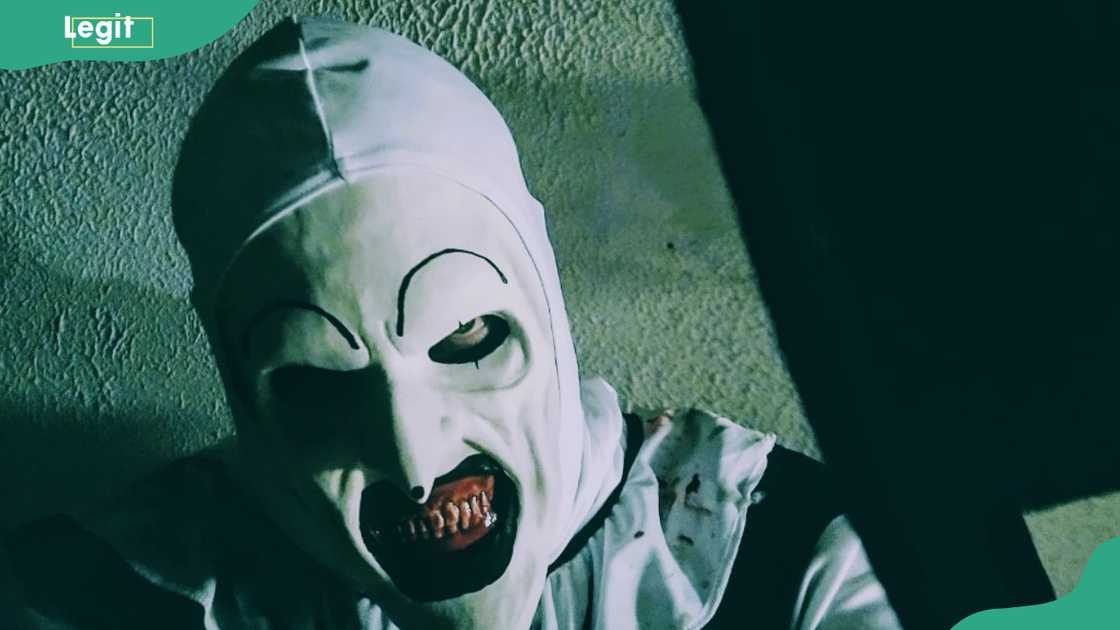
Source: Facebook
Damien Leone’s practical effects and striking makeup bring Art the Clown's real face to life, creating a villain who is both theatrical and terrifyingly believable. Thornton’s physical performance ensures his menace is felt in every frame.
Cultural impact and legacy
What began as a low-budget short has grown into one of modern horror’s most popular franchises. Art the Clown has inspired fan art, cosplay, and viral online reactions, bringing gruesome horror back into the spotlight for a new generation.
Damien Leone’s creation now stands alongside iconic figures like Freddy Krueger and Pennywise, proving that even a small indie villain can leave a global mark on horror culture.
Was Art the Clown ever human?
Art the Clown was originally a human character in Damien Leone’s early shorts, characterised by his twisted, sadistic nature. As the series progressed, his relentless violence and superhuman resilience gave him an almost supernatural presence.
How did Art the Clown become a villain?
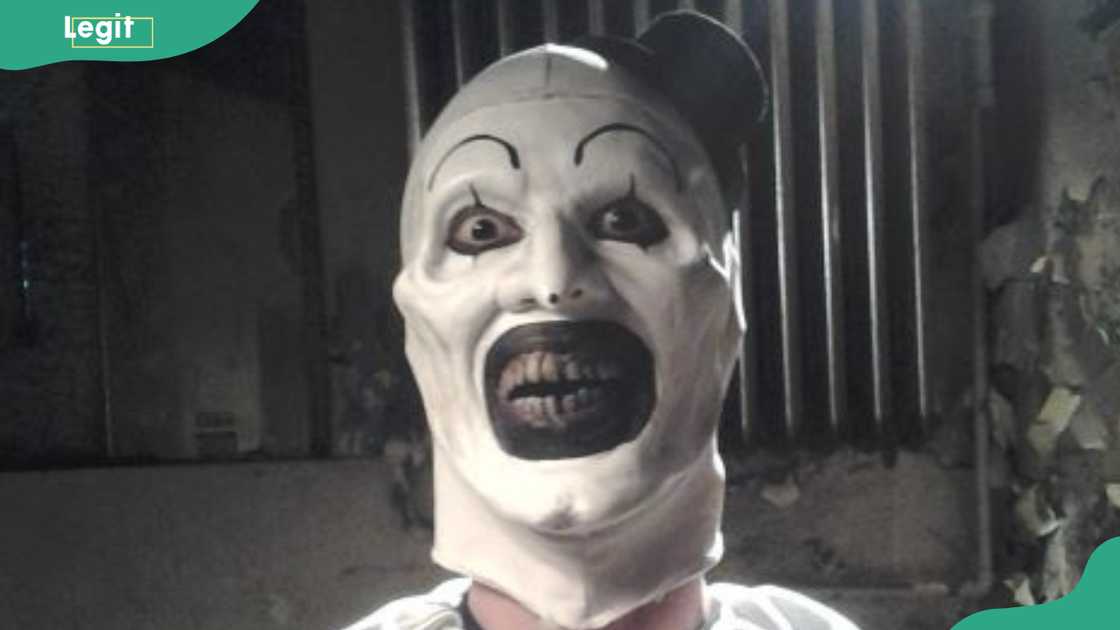
Source: Facebook
Art the Clown became a villain when Damien Leone introduced him as a silent, sadistic clown in his early shorts, with his dark humour and relentless violence turning him into a notorious horror icon.
Why can't Art the Clown be killed?
According to Art the Clown’s profile on IMDb, he isn’t truly immortal, but his extraordinary toughness and relentless resilience make him nearly impossible to kill, which is why he keeps returning and remains an unstoppable, terrifying figure.
Was Art the Clown a real story?
Art the Clown isn’t based on a real story. Damien Leone created him for his early short films as a silent, sadistic clown meant to frighten and entertain horror fans.
Is Art the Clown human?
Art the Clown looks human, but in the Terrifier universe, his supernatural resilience, impossible survival, and evil actions show that he is not truly human.
Why does Art the clown not talk?
Art the Clown remains silent because Damien Leone created him that way, enhancing his unpredictability and making him even more unsettling.
The origin of Art the Clown lies in Damien Leone's 2008 short films, but much of his legend and terrifying persona is a product of creative imagination. The character blends dark humour, gruesome violence, and haunting silence to craft an engaging horror icon.
Legit.ng recently published an article on whether Challengers is based on a true or fictional story. Challengers is not based on real events, but the authentic dynamics of professional tennis deeply inspire it.
The film Challengers has drawn attention for its compelling storyline and realistic depiction of the professional tennis world. Although the film captures the tennis world with realism, its plot is not based on particular tournaments.
Proofreading by Kola Muhammed, copy editor at Legit.ng.
Source: Legit.ng



